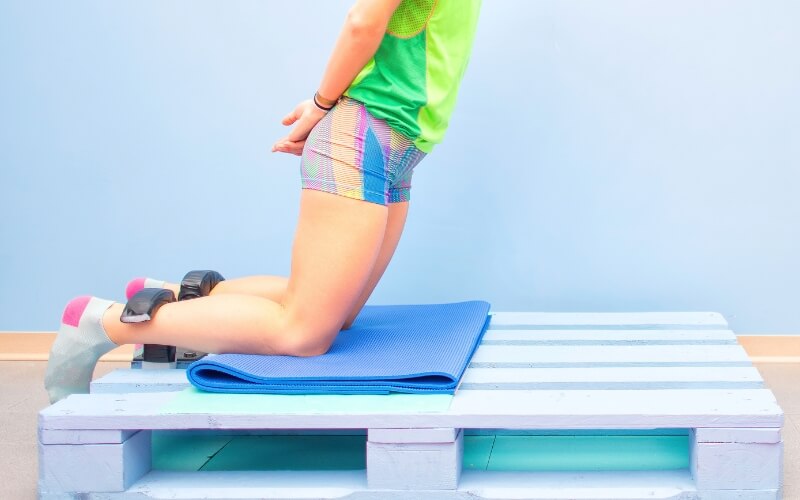Conquering the Cycle: Understanding and Managing Recurrent Sports Injury
Today we dive into the question ‘why do I keep getting injured?’
In the world of sports and exercise, there is a distinct challenge that many athletes and enthusiasts face beyond the typical strains and sprains; the recurrence of injuries – those persistent setbacks that cause frustration and hinder progress.
Repetitive sports injuries refer to an injury that keeps resurfacing or the scenario of a cascade of subsequent injuries.
Whether it’s a runner consistently battling shin splints, a weightlifter grappling with recurring shoulder issues, or a footballer suffering niggle after niggle, the frustration and setbacks of repetitive injuries can be mentally and physically taxing and can affect an individual’s athletic journey.
In this blog, we will explore why some individuals seem predisposed to recurrent sports injuries and outline effective strategies for rehabilitation that target not just the injury itself, but the underlying causes that perpetuate this cycle.

Factors which can contribute to increased risk of reinjury include
- Undulating training volume
- Technique
- Muscle capacities
- Joint instability
- Unresolved previous injuries
- Psychological factors (fear of reinjury, performance anxiety)
This is why rehabilitation strategies for recurrent sports injuries require a comprehensive approach that goes beyond simply treating the symptoms.
Addressing the immediate injury is essential but would be incomplete without equal attention being placed on the issue of recurrence. This may involve targeted strengthening exercises to correct imbalances, neuromuscular training to improve stability and coordination, and addressing any psychological barriers that may be impeding progress.

Load management remains a critical component of rehabilitation, but in the context of repetitive injuries, it takes on added significance.
Exercise physiologists must carefully assess and monitor the training load to ensure that it is appropriate for the individual’s current level of fitness and resilience. This may involve modifying training intensity, volume, and frequency to allow for adequate recovery while gradually building strength and robustness.
Moreover, rehabilitation strategies must also encompass injury prevention measures to break the cycle of the recurrent sports injury.
This may involve implementing prehabilitation exercises to address known risk factors, optimising recovery strategies such as nutrition and sleep, and providing ongoing support and guidance to help individuals navigate the challenges of returning to sport or exercise without setbacks.

In essence, overcoming the cycle of repetitive sports injuries requires a multifaceted approach that addresses both the physical and psychological aspects of injury rehabilitation.
By understanding the underlying causes and implementing targeted interventions, individuals can break the cycle of recurrent sports injuries and pursue their athletic goals with confidence and resilience.
Through collaboration with professionals such as exercise physiologists, individuals can reclaim control of their athletic journey and pave the way for long-term success and injury-free performance.


